Search Images
Browse Content (p. 1057)
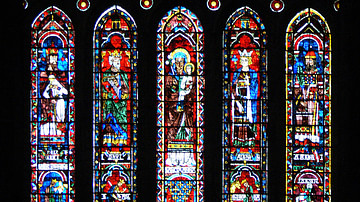
Image
North Rose Window, Chartres Cathedral
The North Rose window of Chartres Cathedral, France, 1190-1220 CE. The stained glass window shows scenes of Jesus Christ, the prophets and 12 kings of Judah.
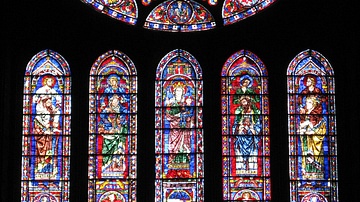
Image
South Rose Window, Chartres Cathedral
The South Rose window of Chartres Cathedral, France, 1190-1220 CE. The stained glass window shows scenes of Jesus Christ and the Judgement of the Apocalypse.
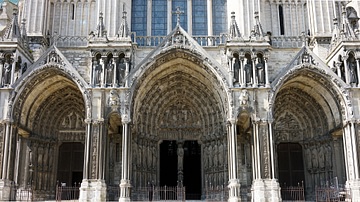
Image
South Porch, Chartres Cathedral
The South porch of Chartres Cathedral, France., completed 1220 CE.
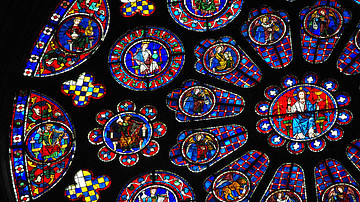
Image
Detail, South Rose Window, Chartres Cathedral
A detail of the South rose window of Chartres Cathedral, France, 1190-1220 CE. The stained glass window shows scenes of Jesus Christ and the Judgement of the Apocalypse
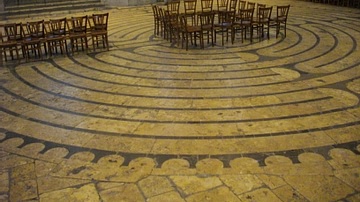
Image
Labyrinth, Chartres Cathedral
The labyrinth paving of the central nave of Chartres Cathedral, France. Laid down c. 1200 CE it was meant for pilgrims to ritually wander around.
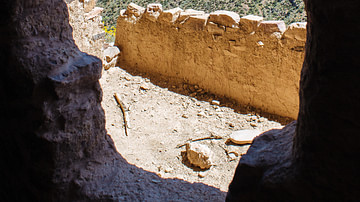
Image
Doorway, Tonto National Monument
Ruins and doorway at Tonto National Monument, location of the Salado Culture in the 13th-15th century CE, Arizona-New Mexico, USA.

Image
Tonto National Monument
Ruins at Tonto National Monument, location of the Salado Culture in the 13th-15th century CE, Arizona-New Mexico, USA.
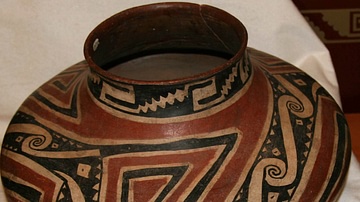
Image
Salado Polychrome Jar
A Salado polychrome jar, typical of the Salado Culture style of decoration. 1340-1450 CE,
Arizona- New Mexico, USA.

Image
Chartres Cathedral
Chartres Cathedral, France. Constructed between 1194 and 1220 CE.
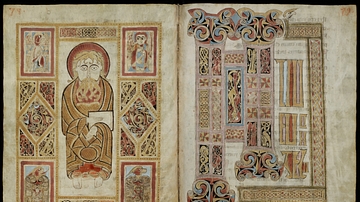
Image
Irish Gospels of Saint Gall
Illuminated manuscript most likely produced in Ireland during the 8th century CE, 268 pages, 29.5 × 22.5 cm.
Stiftsbibliothek St.Gallen